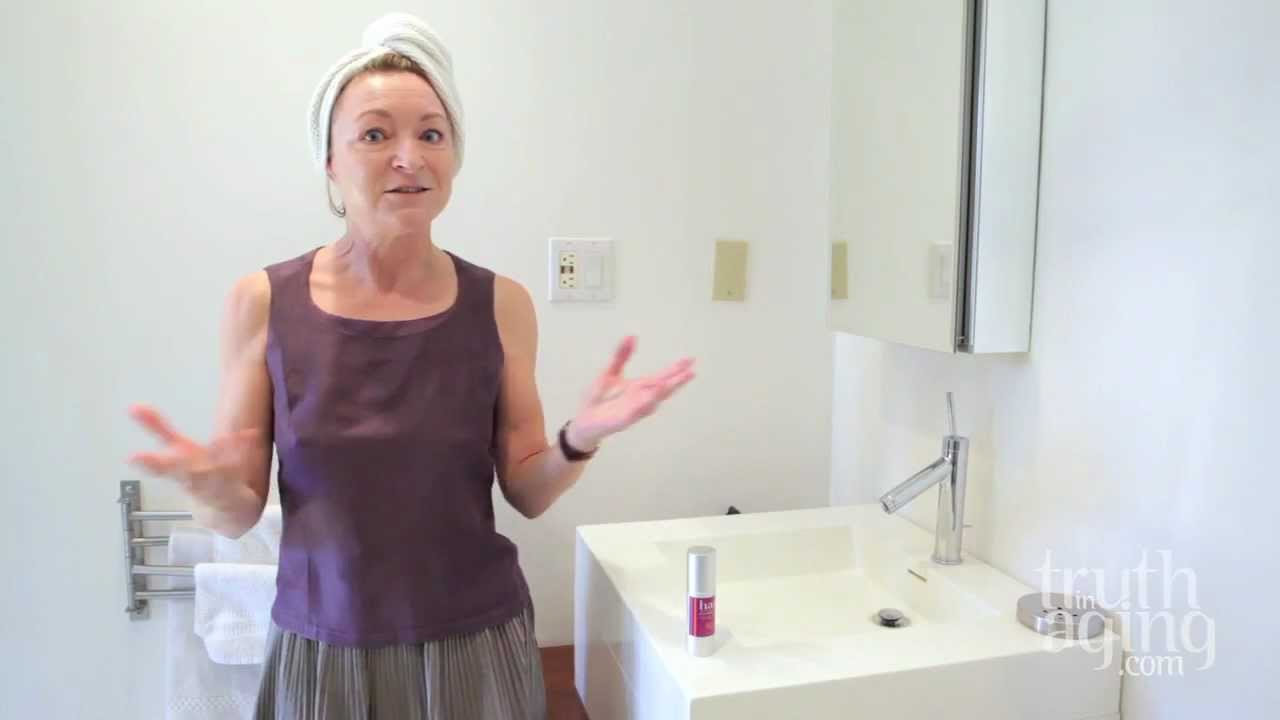Toxic Alopecia – Possible Treatments That Exist
Toxic alopecia is a form of hair loss that occurs as a result of fever that can be caused by the following;
· High fever as a result of sickness such as malaria
· Severe poisoning by heavy metal
· Hyperthyroidism and other endocrinopathies
· Crash diets
Certain medicines (chemotherapy) eg thallium and vitamin supplements
Diagnosis of this kind of alopecia follows some laboratory tests to determine the root cause of alopecia. Once the cause of this alopecia has been determined the following options for baldness may be recommended depending on the extant of alopecia.
Patients that have alopecia as a result of fever caused by illness can first be treated for the illness using drugs that are specific to the disease. Once the disease has passed including all its symptoms, the patient can now be treated for hair loss using minoxidil and anthralin topical creams. The 5% concentration minoxidil topical cream can be used to treat even severe hair loss (up to 90% hair loss on the scalp). Anthralin is a topical cream that is available in 0.1; 0.25; 0.5 and 1%. Anthralin is to be applied to the scalp and washed off after about five minutes. Time of stay on the scalp can gradually be increased with number of applications up to a maximum of an hour. Anthralin application is done once a day.
In certain cases, such as when alopecia is caused by an overdose of vitamins as well as other drugs, it is recommended that the patients first be detoxified. When all toxic levels of the drugs are removed, they can then be treated for hair loss. It is however, more advised that their body be given a rest so it would not be wise to administer to them some oral hair treatment drugs. It is therefore ideal that they are given hair treatment formulas like Revivogen. Revivogen is made from all natural ingredients. Revivogen exists in the form of shampoos that can boost hair growth. The advantage is that Revivogen has no side effects, so patients will not suffer any further stress that may cause further hair loss.
In other chronic conditions such as cancer, where the chemotherapy used to treat the disease can cause severe hair loss, other hair treatment procedures such as hair transplanting and low intensity laser therapy may also be considered. After chemotherapy, normal growth of hair is recommended to start. In some cases, that will not happen. This may be due to some follicles that would have been completely destroyed. In such cases, hair transplant therapy may be the possible solution. A hair transplant will introduce effective hair follicles into the regions that have no hair growth. If the hair follicles are not dead but have just become dormant, they can be stimulated back into production by a low level laser intensity. This therapy is very effective and it is known to revive dormant hair follicles back into production by over 90%. So, do not let toxic alopecia ruin your looks, for it can be treated.
Toxic Alopecia – Possible Treatments That Exist by John Farikani



